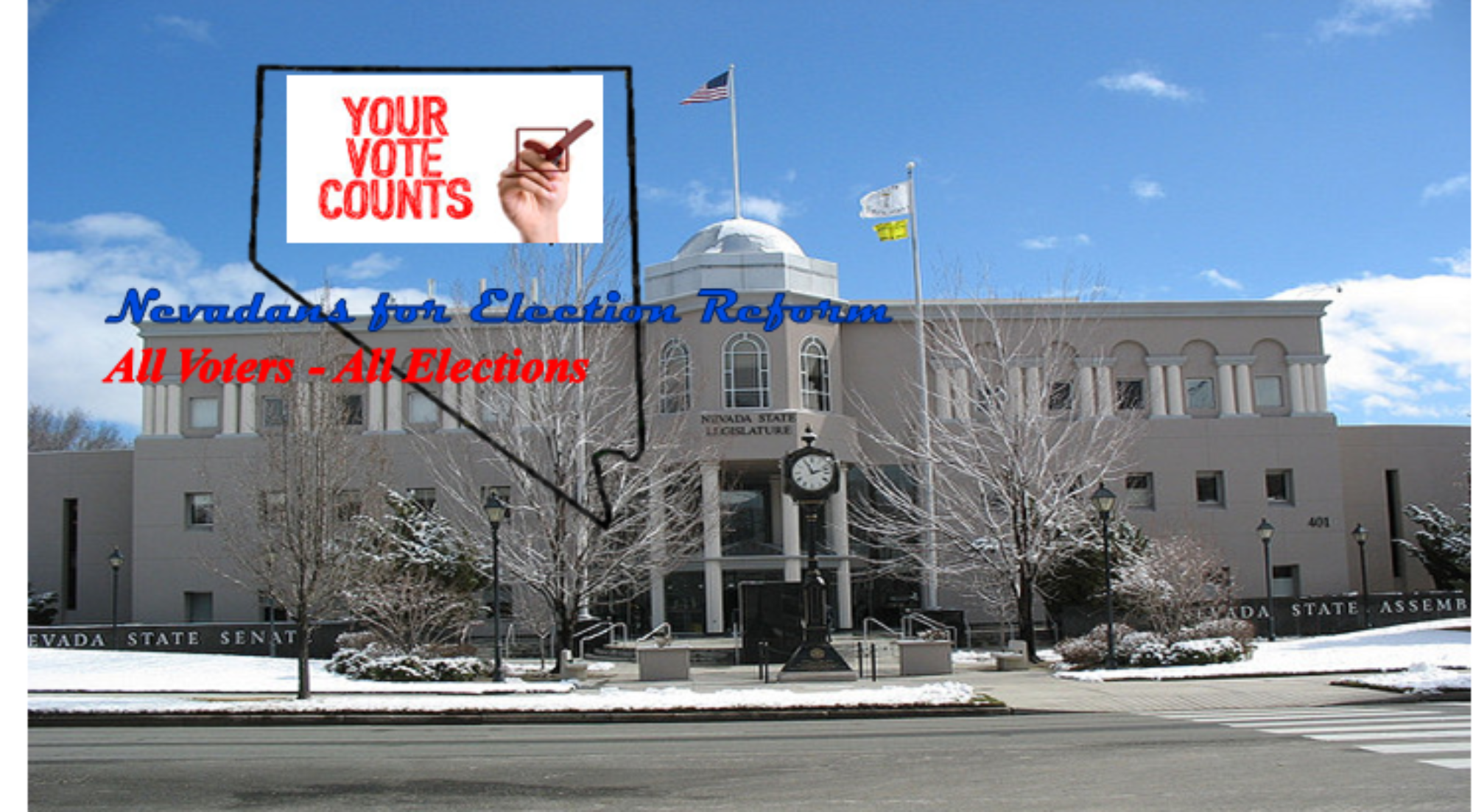We hear it all the time. It is probably one of the most discussed issues in American politics; money and its influence.
Why does money have such power in our electoral and governing processes? (In a June, 2015 New York Times / CBS News Poll 84% believe money has too much influence) The answer is actually quite simple. The reason is staring at us from the mirror. We, the voters, allow it.
Power can be the result of position. Elected officials at all levels have power because of their office. A CEO or other person, who by title has supervisory responsibility over us at work, has power by nature of their position. But beyond this legitimate power, any power is granted, allowed to exist, only by those subject to that power. In other words, money has power because we acquiesce to it.
I admit that in the game of politics, getting the “message” out is how elections are won. This requires advertising which in turn costs money. But is money the issue or is it voters’ acceptance of the soundbites and talking points that are being used? Is the problem really our willingness to accept those, not demanding more substantial information and specific solutions from politicians? Does the root cause of the problem lie within us and not the system?
As the 2016 election cycle kicks into high gear, media attention appears focused on fundraising totals. What is reported determines who gets the attention. Media, whether a recognized news source, legitimate reporting, commentary, or blog posting, is determining who is considered a viable candidate. Higher fundraising totals begat more donations. Those at the lower end quickly loose column space and air time. Is money driving this or is it our willingness to accept the decision of others without question and much other information?
What would happen if voters, in addition to exercising their power of the ballot box, first demanded candidates provide and the media report how they will specifically solve the problems being faced by their constituents? What if voters exercised power of the purse and stopped “buying” soundbites, talking points, and irrelevant attacks?
In 2010, the Supreme Court granted corporations the same free speech rights as individuals when ruling in favor of Citizens United in Citizens United v FEC. Voters were told that those who could donate millions of dollars would now have the ultimate power in determining who runs all levels of government. Voters accepted this logic, reinforcing the concept that money has power, not realizing the only power money or those who control it have is that which is bestowed by the very voters who decry the influence. And here lies the root cause.
Look in the mirror. What is causing the person looking at you from deciding money will no longer have power over their political decisions? What is preventing the person looking at you from demanding the money being spent provides real information, information that can be used to make an informed decision on who to vote for? What is preventing the person looking at you from bestowing power to those who will make decisions based on the best interests of their constituents and not who will give them the most money?
Is money in politics the problem or is it us? Perhaps instead of looking at ways to reduce the amount of money allowed to be donated and spent, we need to look at ways to increase voter demand for more specific information. Voters need to get turned-off by talking points and learn how to express displeasure to those candidates who refuse to leave them behind. Do voters just not care or are they forced to accept what is being provided? If it is the later, then effort needs to be focused on how to change the mindset from having to accept what is provided to driving what is provided. Just as consumers drive the market, voters have the actual power to shape campaign and electoral processes. Money and those who control it have no power if voters do not grant it.
